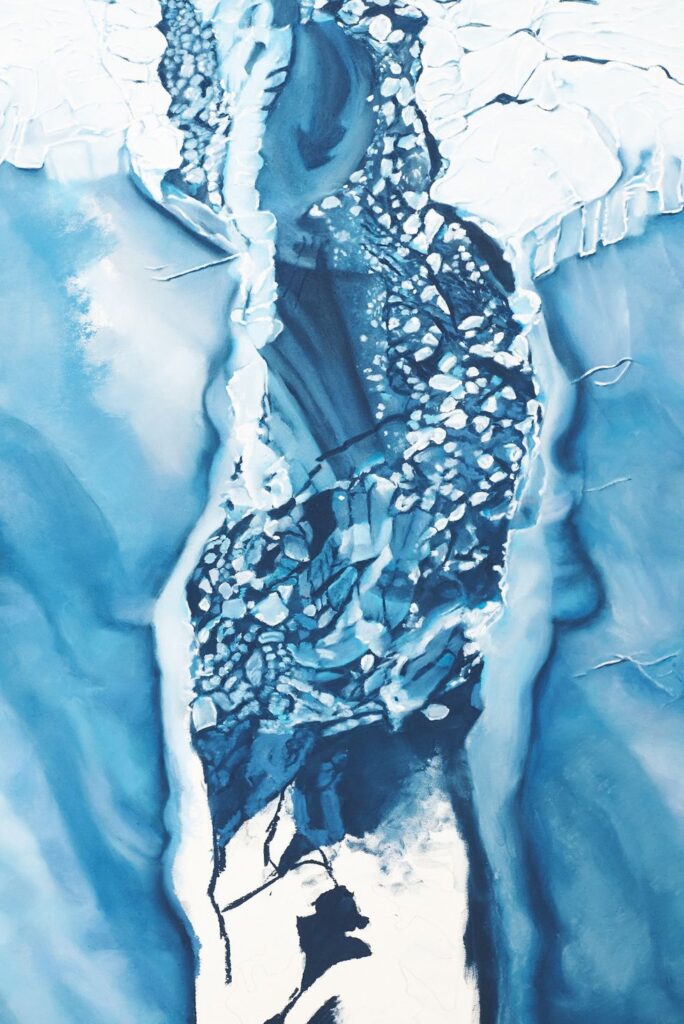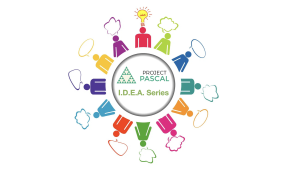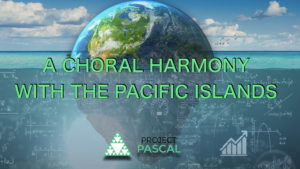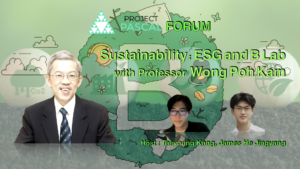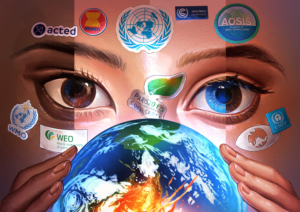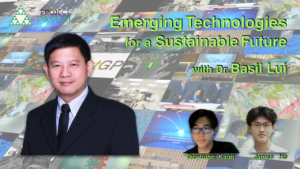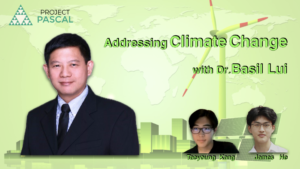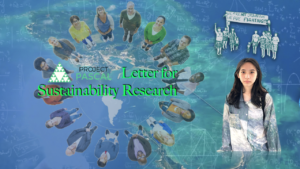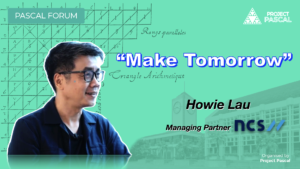Communicating Climate Change Through Art
Climate Change Through Art. By Zaria Forman

For most of us, the polar ice sheets are two giant white spots on a map. But the IceBridge scientists and engineers know that there’s rapid change occurring beneath the surface—a complex interplay of freshwater rivers, valleys of bedrock, and warmer ocean waters eating away at glaciers from beneath.
As our climate changes, ice melt is speeding up. The rate at which the whole of Antarctica is shedding ice has tripled over the past decade. These IceBridge missions are collecting critical information that can tell us how this ice loss is occurring, and what these changes mean for sea level rise and coastal communities around the world. Findings from the project are numerous and some of them are, to me, pretty mind boggling. For example, hidden underneath Greenland’s ice sheet, they discovered a massive canyon that dwarfs the Grand Canyon! But the most significant data from the project have shown that the entire West Antarctic Ice Sheet has likely entered an unstable state and may now be in irreversible decline. The timing of the retreat is unknown, but it’s a powerful reminder that we have entered a new era with significant changes on the horizon.
There is, of course, all kinds of devastating news about climate change. The last five years have been the hottest on record and extreme weather is wreaking havoc all over the world. The most recent and sobering Intergovernmental Panel on Climate Change (IPCC) report states that we have much less time to avoid climate crises like extreme drought, crop failure, millions of climate refugees, famine, etc., than we thought we did when we signed the Paris Agreement. And now the US is faced with an administration that ignores these problems—contributing to environmental decline with their denial of it.

FRANCOIS LEBEAU
Yet I feel more hopeful now than I ever have! Why? Because action on climate change has become unstoppable. We’re not moving fast enough yet, but we are moving in the right direction, and we actually have a lot to celebrate. First, there’s the Paris Accord. Yes, the Trump administration is attempting to pull us out of it, but that actually galvanized the rest of the world (including most major US corporations) to reaffirm their commitment to it. We will also see ambitions raised during the next UN climate summit this September. Green energy has become far more affordable and accessible in the last decade. Climeworks has created the world’s first commercial carbon capturing technology. The Green New Deal has become a global movement in the past few months. There is worldwide student activism thanks to Greta Thunberg. Over 1,000 institutions (including NYC) have divested in fossil fuels, totalling over 8 trillion dollars! New economic research shows that taking fast action on climate change will not only save us money, but actually create a lot of wealth—a recent study showed that fast decarbonization could add 26 trillion dollars to the global economy by 2030!
Real solutions exist, and we’re already seeing the benefits of them.
I think it’s an effective tactic to emphasize the positive. A bombardment of terrifying news is paralyzing, but focusing on the positive is empowering. So that’s what I try to do in my work—to celebrate what is still here, and to give viewers the sense that it is still possible to do something to protect this Earth that sustains us.
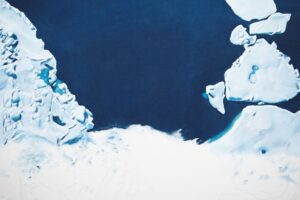
FRANCOIS LEBEAU
